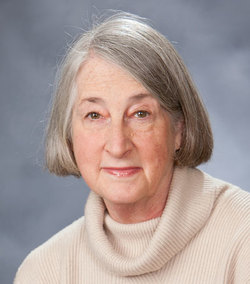Roger Matthew Grant
Wesleyan University
The
History of Extra, or the Sound of Hyperbole in Three Scenes
Does hyperbole have
a characteristic sound? Is hyperbole a musical topic?
This paper examines the sounds of musical hyperbole in three scenes
drawn from opera, Hollywood, and queercore experimental film.
Analyzing hyperbole outside of language proper—in a different but
equally rich domain of signs—ultimately reveals structural characteristics
of hyperbole as an aesthetic mode. Hyperbole exaggerates
extravagantly in order to tell the truth, but because it involves a play with
levels, degrees, and ranks, it also has the ability to demonstrate how
aesthetic objects articulate the hierarchies of social power. Listening
for musical hyperbole as parody, melodrama, and camp, the paper
illustrates how hyperbolic performance can be used as a strategy to resist
social power’s normative force.
Workshop
In this seminar we’ll
focus on the idea of the compound (or “compounded”) measure in
eighteenth-century music theory. Although today we talk of compound
meters as those with triple subdivisions, the term did much different work in
the eighteenth century. Generally, it described a wide range of phenomena
in which two measures (of any type of cardinality or subdivision) were said to
have been joined into one. Together we’ll explore the complex
ramifications of this idea for the theory and analysis of eighteenth-century
music. I’ve attached the readings here and listed them below. For
each I’ve included both the original (which I encourage you to read if you can)
and translations for all, except for the Mattheson (which you can either skim
or skip). Read primarily for theorists’ remarks on the compound measure
and be ready for a spirited discussion!
Mattheson, Dasneu-eröffnte Orchestre (1735) [no translation: skim or skip]







